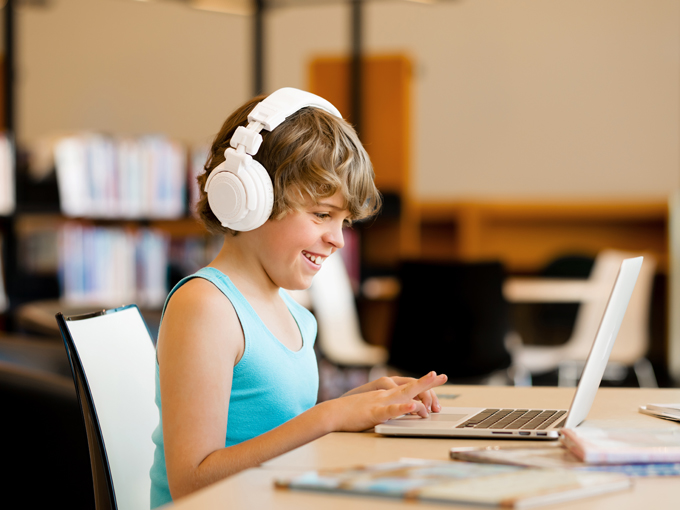
I looked at the pile of Chromebooks on my desk and wondered how I had gotten to this place. I had spent the period remotely closing tabs students had opened, mostly related to Fortnite or some other addicting game, and eventually got to the point where I was taking Chromebooks away from my seventh graders.
I had waited so long for my school to embrace the 1:1 concept. Providing each student with a Chromebook would solve a lot of problems. No more wheeling the clanky cart down the hallway to my classroom and no more students dashing out the door without plugging their computers back in. With Google Classroom and Chromebooks, we could now be a paperless classroom. Teaching global competencies, creating authentic projects, and reaching an audience beyond our classroom would be so much easier once they had their Chromebooks.
So why was I now taking Chromebooks away from my students? The short answer is that they were playing games, but upon further reflection I realized it was a result of my own lack of preparation. Because I had been using computers in my classroom for decades, I thought that I was prepared. I hadn’t considered the unique issues that arise when each student is assigned his or her own device. As the new year begins, I’ve realized I need to make a few changes.
Set clear expectations
It seems so obvious, especially for a teacher with over 30 years of experience, but I failed to do this with the Chromebooks. Because the devices were already in students’ hands as they entered the room, they saw no problem in opening them at the beginning of class to play a game or listen to music before the lesson started. The problem, of course, was getting them to stop the game when I was ready to begin teaching. Setting clear expectations will help alleviate this problem.
Don’t forget about paper
I love using online annotation tools and having students submit assignments through Google Classroom. I have learned, however, that some students really do need paper copies, and that everyone benefits from a balance of digital and paper assignments. Even middle school students get tired of looking at screens all the time.
Digital doesn’t mean better
This summer I visited several schools in Germany as a participant in the Transatlantic Outreach Program. One thing that struck me was the lack of technology in German classrooms. In conversations with students and teachers, I learned that German students are just as addicted to their phones as students in the United States, but technology use in the classroom is limited. There were computer labs and other places to use technology at school, but the typical classroom had just a whiteboard and desks. This reminds me that 1:1 does not mean students should be on their devices all the time. Good teaching can happen without a computer.
Not every student is ready for the responsibility of 1:1
Although I’d like to blame my Chromebook woes on Fortnite, I know that the issue is much bigger than one game. Some students really do struggle with having access to a device that offers so many tempting distractions. On one message board of parents who were opposed to 1:1 programs for their children, an anonymous parent wrote, “The school is giving a piece of technology that is inherently hard to resist to children with impulse control issues . . . and then expecting the impulsive kid to resist one of the most seductive drugs out there.” We need to listen to parents when they tell us that the laptop we just gave their 12-year-old is not in their child’s best interests.
Despite the challenges of the past year, I am still a strong advocate of using technology in the classroom and 1:1 programs. I believe it is our responsibility to teach students how to use technology to research, collaborate, solve problems, and engage with the world. By preparing properly for a 1:1 program, setting clear expectations, and considering individual student needs, a 1:1 program can help achieve these goals.
Tim Flanagan is a seventh-grade social studies teacher at Pawcatuck Middle School in Stonington, Connecticut. You can read more on his blog, The Alternate Route: Teaching, Traveling and Learning Across the Globe, and follow him on Twitter @tflanagan01.